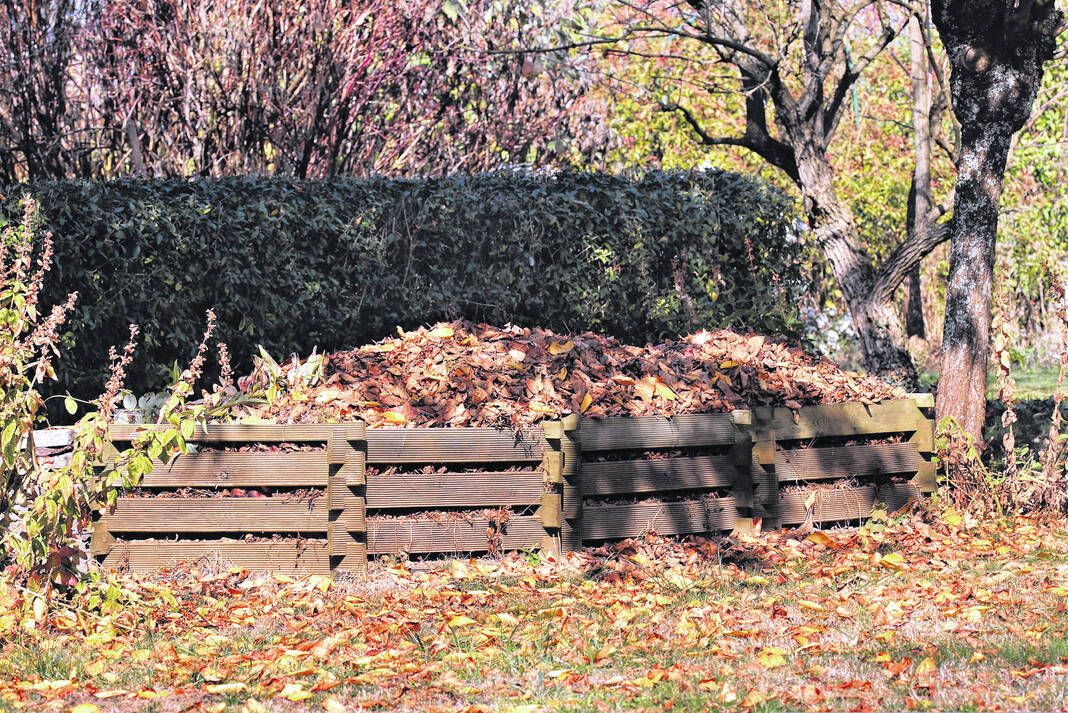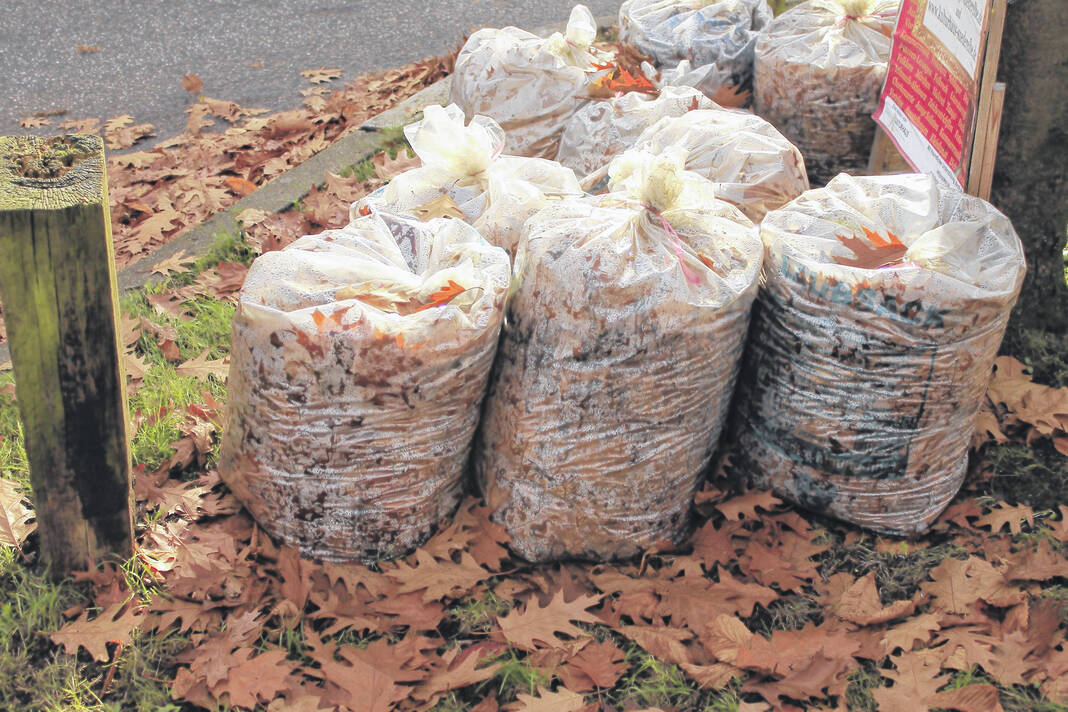

Composting is the microbial decomposition of organic matter into a product that resembles the organic matter in soil. Decomposition is a natural process. Composting speeds the process under semi-control conditions.
Organic matter is an important component of soil and influences the physical, chemical, and biological properties in the soil. Addition of compost to the soil increases tilth, the physical condition of the soil, improving its suitability for planting and growing plants.
Some people have a hands-off approach to leaves. Leaving them on the lawn to pack down potentially killing grass is why many homeowners rake and bag their leaves. There are several benefits to using your leaves to make compost.
Leaves are full of minerals and nutrients. Plants turn CO2 into organic compounds they store in the leaves waiting for you to return them to the soil. Leaf compost has the same benefits as regular compost. You can add the leaves to your lawn, use it as a soil conditioner, or use it as a mulch. Any leaves you compost and use in your own yard keeps them out of the landfill. Keep in mind that compost is not a significant source of fertilizer and serves to add organic matter.
Don’t have any leaves to speak of, steal them from your neighbors. Drive through a neighborhood with nice trees and take the bagged leaves from the curb. A mix of leaf types is best for your compost pile anyway. Oak leaves are stiff, do not mat down easily, and work well for mulch. You should avoid walnut leaves if you will use the compost in a vegetable garden or raised bed.
You can just pile them up and let them decompose naturally. This may take 2-3 years for you to have usable leaf compost. A managed pile is only a little more work and provides compost in as little as four to nine months.
Pick a place for your pile protected from wind and not too visible. Size does matter. For the most efficient decomposition, the pile should be no smaller than 3 x 3 x 3 ft and no larger than 5 x 5 x 5 ft. You can contain the pile in simple bins (https://ohioline.osu.edu/factsheet/hyg-1189-99 ). The most important components other than the leaves are air and water. The pile must stay moist but not soggy. Soggy leaves results in slow smelly decomposition. If the pile is too wet, turn it with a manure fork to incorporate air. The pile should heat up in the middle. This is part of the decomposition process. The pile will significantly reduce by spring. Once it is dark, friable, and soil-like, it is ready to use.
Do not let those fall leaves go to waste. Make a leaf compost pile this fall to use in the spring. I have included a link to OSU Extension Fact Sheet HYG-1189-99 on composting.
If you have any questions, contact your local county Extension Professional or Sara Creamer at [email protected] or 740-335-1150.



